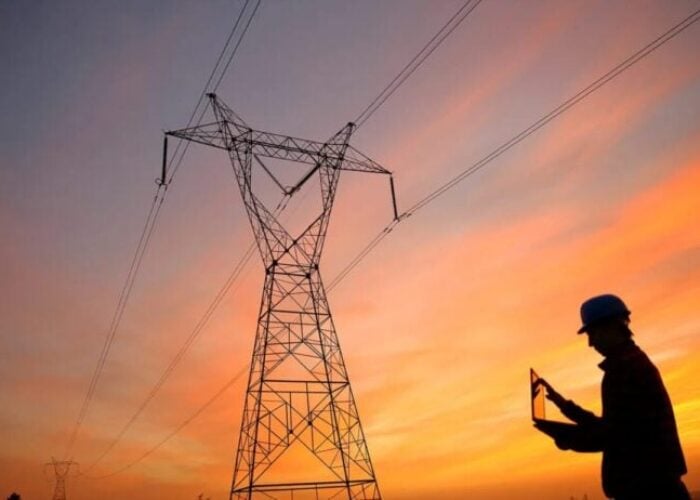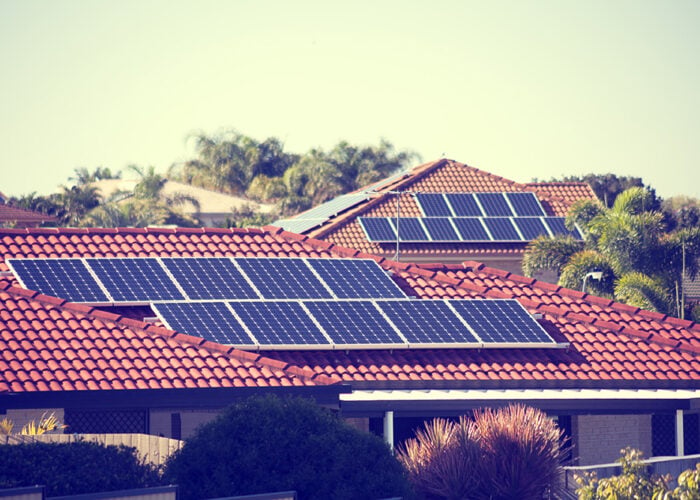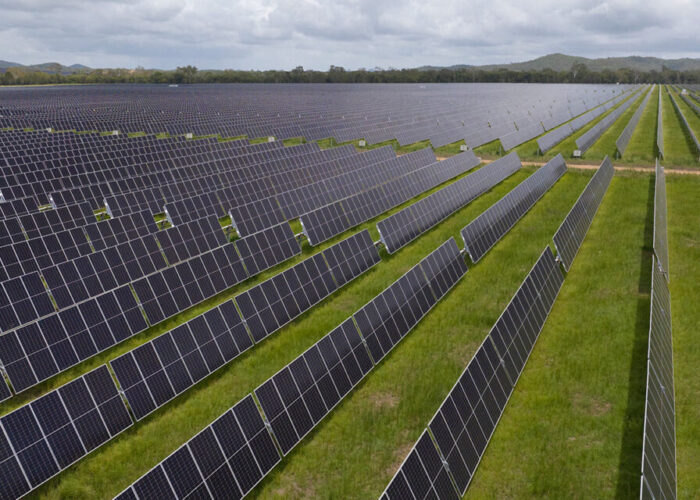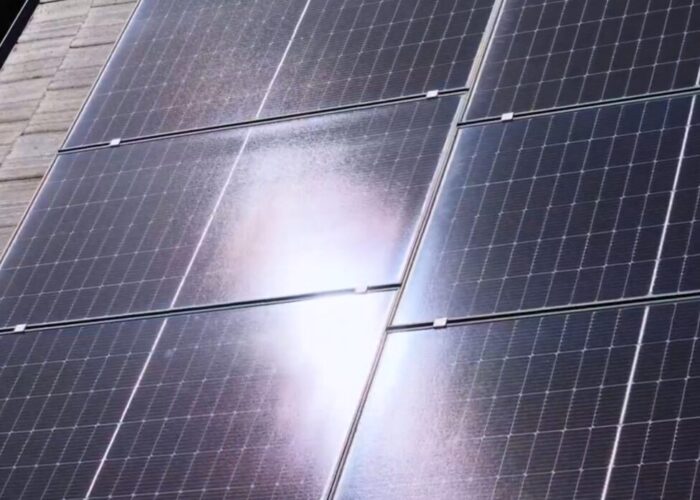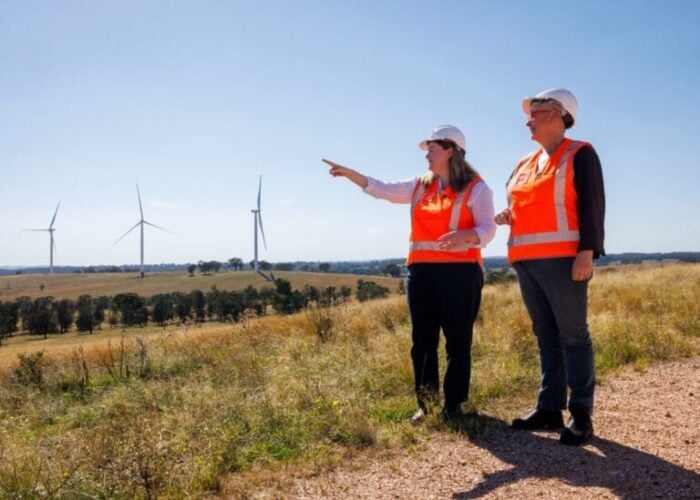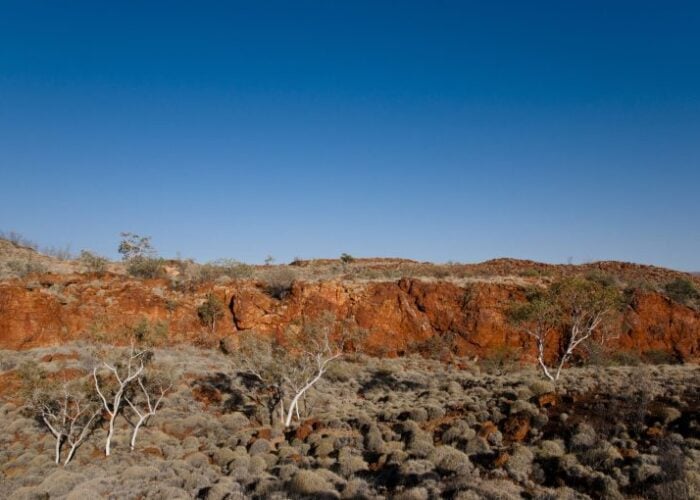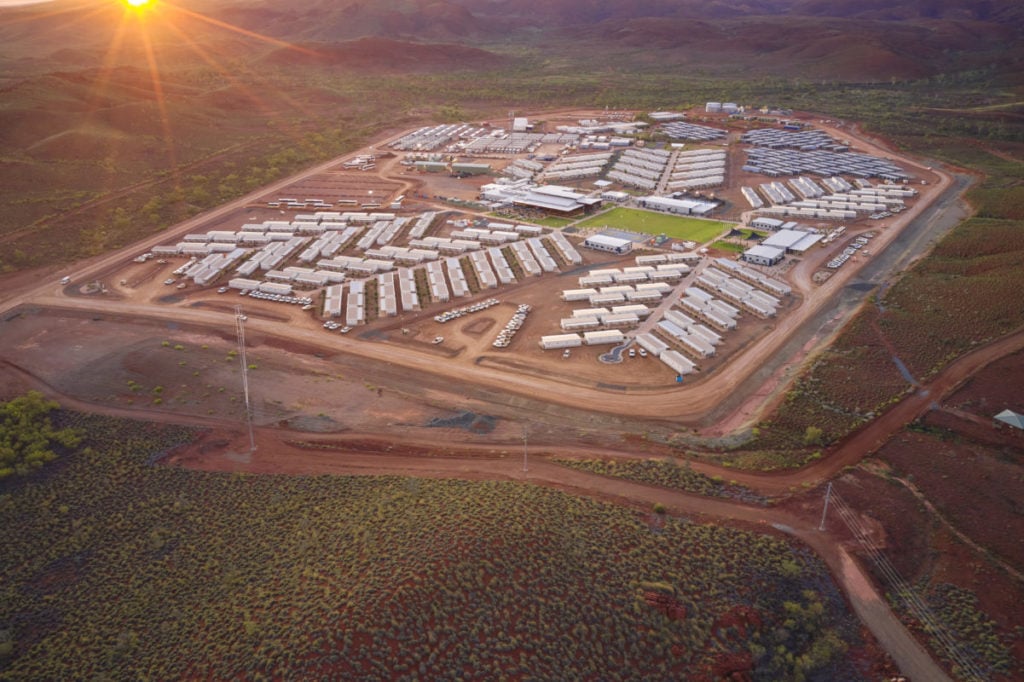
Australian mining giant Fortescue Metals Group has confirmed that its 100MW North Star Junction solar farm in the mineral-rich Pilbara region of Western Australia is partially operational.
According to the organisation’s June Quarterly Production report, the North Star Junction project will soon be fully commissioned, with initial works underway.
Unlock unlimited access for 12 whole months of distinctive global analysis
Photovoltaics International is now included.
- Regular insight and analysis of the industry’s biggest developments
- In-depth interviews with the industry’s leading figures
- Unlimited digital access to the PV Tech Power journal catalogue
- Unlimited digital access to the Photovoltaics International journal catalogue
- Access to more than 1,000 technical papers
- Discounts on Solar Media’s portfolio of events, in-person and virtual
Located in Pilbara, on the state’s northwestern coast, the solar PV power plant will be close to Fortescue Metal Groups’ Iron Bridge magnetite mine. Iron Bridge produces a wet concentrate product that is then transported to Port Hedland through a 135km specialist slurry pipeline, where dewatering and materials handling occur. Plans are already in place to decarbonise the facility’s operations.
Indeed, Fortescue has started developing the Pilbara Energy Connect project, which includes energy transmission line infrastructure, solar-gas-hybrid generation, and associated battery energy storage solutions.
Along with the Chichester Solar Gas Hybrid Project, being developed by Fortescue and energy infrastructure business APA Group, the two initiatives will deliver 25% of Fortescue’s stationary energy requirements from solar power by 2025.
Commissioning of the North Star Junction solar farm started in the last quarter.
China deemed ‘absolutely critical’ for green iron and solar future
Also discussed in the report is the role of China in supporting the energy transition in Australia, particularly based on supporting Fortescue’s decarbonisation goals and creating a green iron future.
Dino Otranto, CEO of Fortescue Metals Group, who has held this role since August 2023, stated that “the partnership with China is absolutely critical to create a green iron future”.
“It’s clear we need to partner with Chinese companies and the supply of renewable energy equipment in solar and wind, on storage options, furnace technology, and for us then to export what we are good at in Australia, which is our commodities in the ground and now the commodities we have through sun and wind,” Otranto added.
The remarks come as Australia continues to stimulate investment and growth in the country’s domestic solar module manufacturing sector through initiatives such as the Solar Sunshot programme, which the Australian federal government allocated AUS$1 billion (US$660 million) in March 2024. Another programme, the Solar ScaleUp Challenge, is also being used to stimulate investment and collaboration in the solar sector. Both initiatives are being administered by the Australian Renewable Energy Agency (ARENA).
Despite significant funding being allocated to support growth in the Australian solar module manufacturing sector, ARENA CEO Darren Miller exclusively told PV Tech that it is not designed to compete with China but to provide additional support to the global energy transition.
“The programme’s aim is not to produce solar panels that are much cheaper than China; it’s just not realistic. We don’t expect that we will supply all of our own products. We’re still hoping for and expecting that the current good trading relationship with China can continue indefinitely,” Miller said.
“It’s much more of a collaboration rather than a competition. It’s not about isolation; it’s about global trading, strong global trade, and relationships that are established through this programme.”
The exclusive interview with Darren Miller on the Solar Sunshot and Solar ScaleUp programmes will feature in the next edition of our PV Tech Power quarterly publication.
Fortescue is ‘steadfast’ in its commitment to green hydrogen
In what will relief members of the global green hydrogen community, Fortescue’s report also revealed that the company “remains steadfast” in its commitment to green hydrogen, despite the company having cut jobs and dropped its 2030 green hydrogen production target to 15 million tonnes.
Despite this, Mark Hutchinson, CEO of Fortescue Energy, outlined that despite green hydrogen’s potential role in the global decarbonisation journey, the company must ensure it is financially disciplined.
“Our financial discipline always comes first. We will never do projects that are not economically viable. As the green hydrogen market develops around the world, it is really clear that the cost of green power, which is the way you start with green hydrogen, has to be in the US$30 range to make projects viable,” Hutchinson said.
“Therefore, where the power costs are not at this level, we will work steadfastly with those economies to help bring down the cost of electricity by producing electrons. For example, we will consider opportunities to produce electrons from our portfolio in West Australia and Queensland.”
It is worth noting that Fortescue has been bold in its green hydrogen expansion plans and has projects being explored across various major markets, including Europe, Australia, the US and Brazil. The organisation also manufactures high-pressure proton exchange membrane (HP PEM) electrolysers at its Gladstone, Queensland, gigafactory.
Hutchinson added: “Longer term, we totally believe that green hydrogen is what the world ultimately needs. That is why we will continue to maintain a significant portfolio of projects. We are realistic about the pace of the current global energy transition and that is why our initial focus is on four green hydrogen projects across Australia, the United States, Norway, and Brazil.”

